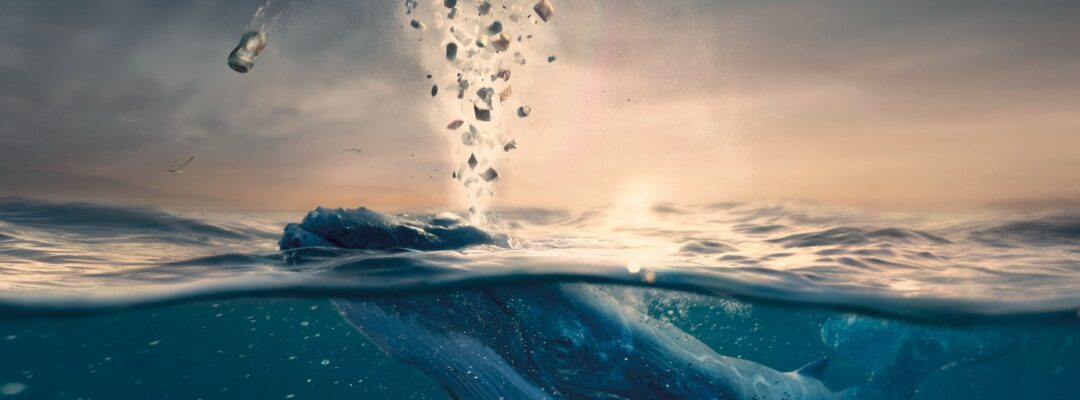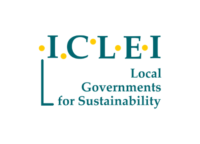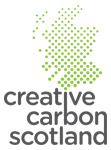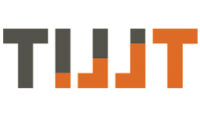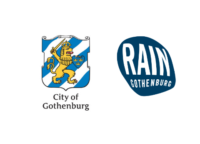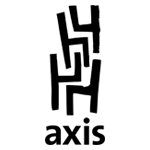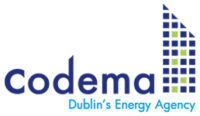In this guest blog, Croatia-based artist and cultural worker, Sabina Damiani, shares a stream of reflections, inspired by attending the Cultural Adaptations conference, about differing levels of awareness and action among northern and southern European countries in the face of serious environmental and climate issues.
Cultural Adaptations explores the possibilities of artists’ contributions to climate change adaptation, among other things, by introducing embedded artists into different institutions.
I’ve got to admit that even though I am actively working on projects that use artistic and creative methodologies to raise awareness on pressing environmental issues I had never heard of the term ’embedded artists’ or the practice before. This says a lot about the stage where countries like Scotland are in comparison to the ones belonging to Southeast Europe.
Seeking climate justice
Participating in the Cultural Adaptations conference and listening to sessions about adaptation and involving art and artistic approaches to help communities and institutions made me realise the enormous gap between the European North, the South (Southeast Europe) and consequently the global north and south. Croatia lies on the sea and has more than 1200 islands and skerries, and heavily relies on tourism. Croatia should really be prepared but instead its adaptation plans (contained in its National Adaptation Strategy) simply aren’t addressing all the issues they should.
It is clear that environmental issues and climate change are occurring much faster than the pace adopted to address them in political agendas around the world. Many examples of projects, artists and artworks presented during the conference were truly inspiring. As a member of an association that does plenty of youth work and engagement, I agree with the notion, stated in one of the sessions, that a lot has been done to raise public awareness but that, right now, the focus should be on raising awareness with the policymakers.
I found this thought provoking, since it seems that we tend to concentrate our efforts on the general public, especially young people, while often many of them are already very aware. By doing so, we risk increasing the helplessness that those who would like to do more feel. So it is true that a collective effort should be made to direct the awareness raising to the ones that make the decisions.
Globally, one of the primary threats to human life, as a result of climate change, is food insecurity — especially in the global south, and it’s not something that will happen in the future, it’s already here and it’s directly linked to carbon emissions.
“If we don’t clean up our emissions and solve the climate crisis as a global community, then those climate impacts are going to get worse and worse, and millions of lives are at stake.” (Katherine Kramer, an author of the IPCC report on food insecurity, quoted in The global injustice of the climate crisis)
Learning from each other’s best practice or how to make problems tangible
There is a lot to be learned on resilience and adaptation from the examples we heard about during the conference (such as the Coastal Communities Network). We can try to implement similar work on a local level by starting micro-actions that could be replicated in different areas and that would boost the general level of climate literacy and generate solution-focused actions. When communities are engaged, some pressure could be made on local policymakers to push for change. A good example I can bring from Croatia and that could be somehow similar is called Island Movement – Pokret Otoka, which is a network that connects Croatian islands by supporting, connecting and working on initiatives that enhance community self-sustainability. This is the first initiative of its kind in the area and could be very helpful in inspiring other similar projects of citizen’s self-organisation.
When coastal communities are lacking public discourse about issues like, for example, sea levels rising, presenting works such as the interactive site-specific installation at Taigh Chearsabhagh Museum & Arts Centre, Lines (57° 59’ N, 7° 16’ W) by artists Pekka Niittyvirta and Timo Aho could be really helpful to make the intangible, tangible.
This is also a reason why, along with my organisation, we are producing an arts and science festival and events called aMORE (that brings together the Italian word for love – amore – and the Croatian word for sea – more; being a bilingual community, this name gains much more value) where we deliver events, both artistic and educational to raise awareness about the environmental issues of the marine environment and the anthropogenic causes of its devastation. Through the presentation of artworks, we have seen the public react positively and understand better many issues that in words might seem abstract and distant.
An example of this is the work of Robertina Šebjani?. Robertina, who is based in Ljubljana, works at the intersection of art / technology / science. Her art / research focus has been oriented towards projects developed in the field of living systems (bio-art), AV performances, noise/sound art, installations and interactive ambiental responsive immersive environments.
Her ongoing project, Aquatocene / Subaquatic quest for serenity, “investigates the phenomenon of underwater noise pollution created by humankind in the seas and oceans. The sound compositions are a re-mix between the bioacoustics of marine life (shrimps, fish, sea urchins etc.), the aquatic acoustics and the presence of human generated noise in the world’s oceans and seas”.
Artists and creatives can deepen and widen the understanding and the conversation about topics that our governments fail to address by speaking often unpopular truths and underlining the links between corruption or the interconnection between politics and the private sector that often makes effective change impossible.
They can also create and present works that significantly contribute to the understanding of issues that are often invisible or too abstract while scientific language and approach is often too hermetic to be understood by the general public.
This is why I believe in creating possibilities for interdisciplinary collaboration between the scientific and the art worlds, but I also hope we, as artists and/or cultural workers, can advocate for the practice of embedding artists within non-art institutions in this part of the world sometime soon.
Sabina Damiani is a practising artist and cultural worker, working with Zona, an NGO based in Croatia that promotes sustainable development, nurture human, natural and cultural resources to create more resilient communities and a better quality of life. She is originally from Slovenia and has spent time living, studying and working in the UK and Italy. Sabina has a BA in Visual Arts and Education and an MA in Photography.
Image credit: the No Plastic Campaign by: Studio Tumpi?/Prenc & B612 Studio – CGI; organised by Udruga Zona / Association Zona + EKO LAB PULA in partnership with Aquapark Istralandia + add design studio Pore?.
Visit Sabina's website
